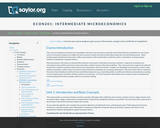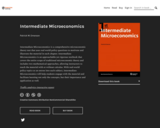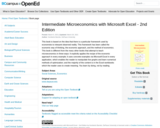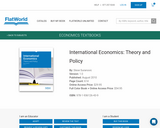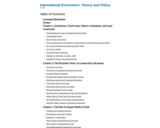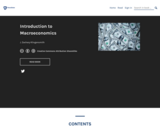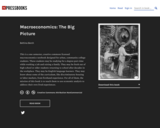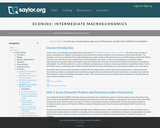
In this course, the student will build on and apply what you learned in the introductory macroeconomics course. The student will use the concepts of output, unemployment, inflation, consumption, and investment to study the dynamics of an economy at a more advanced level. As the course progresses, the student will gain a better appreciation for how policy shifts and changes in one sector impact the rest of the macroeconomy (whether the impacts are intended or unintended). The student will also examine the causes of inflation and depression, and discuss various approaches to responding to them. By the end of this course, the student should be able to think critically about the economy and develop your own unique perspective on various issues. Upon successful completion of this course, the student will be able to: Explain the standard theory in macroeconomics at an intermediate level; Explain and use the basic tools of macroeconomic theory, and apply them to help address problems in public policy; Analyze the role of government in allocating scarce resources; Explain how inflation affects entire economic systems; Synthesize the impact of employment and unemployment in a free market economy; Build macroeconomic models to describe changes over time in monetary and fiscal policy; Compare and contrast arguments concerning business, consumers and government, and make good conjectures regarding the possible solutions; Analyze the methods of computing and explaining how much is produced in an economy; Apply basic tools that are used in many fields of economics, including uncertainty, capital and investment, and economic growth. (Economics 202)
- Subject:
- Economics
- Social Science
- Material Type:
- Assessment
- Full Course
- Lecture
- Reading
- Syllabus
- Textbook
- Provider:
- The Saylor Foundation
- Date Added:
- 11/18/2011

